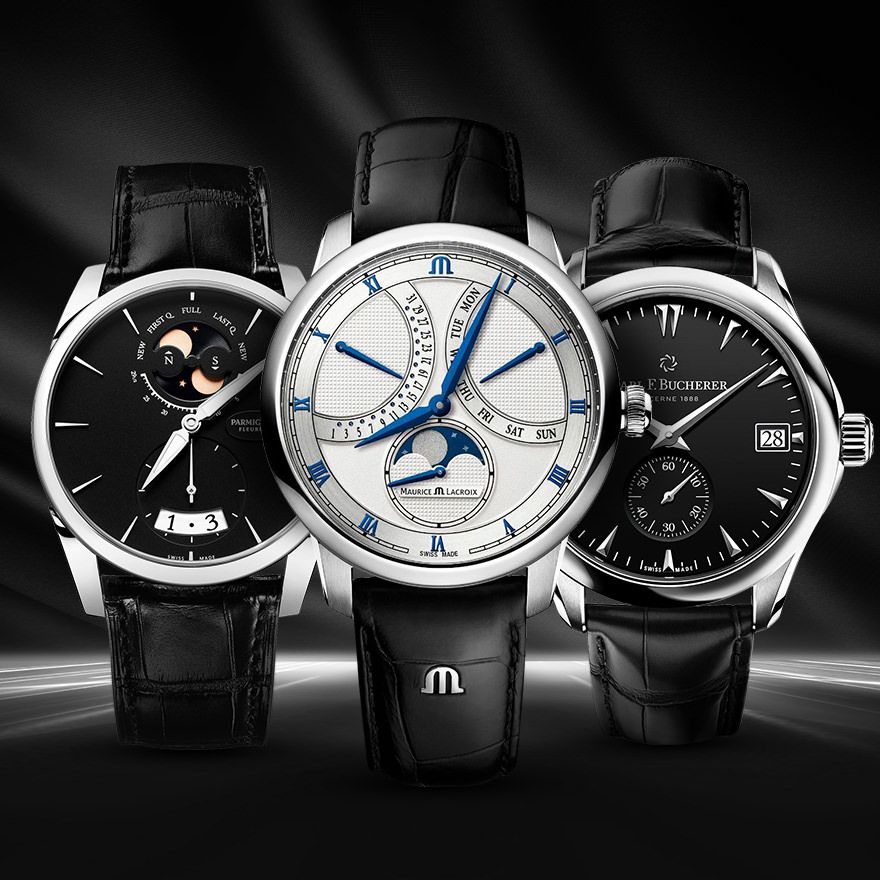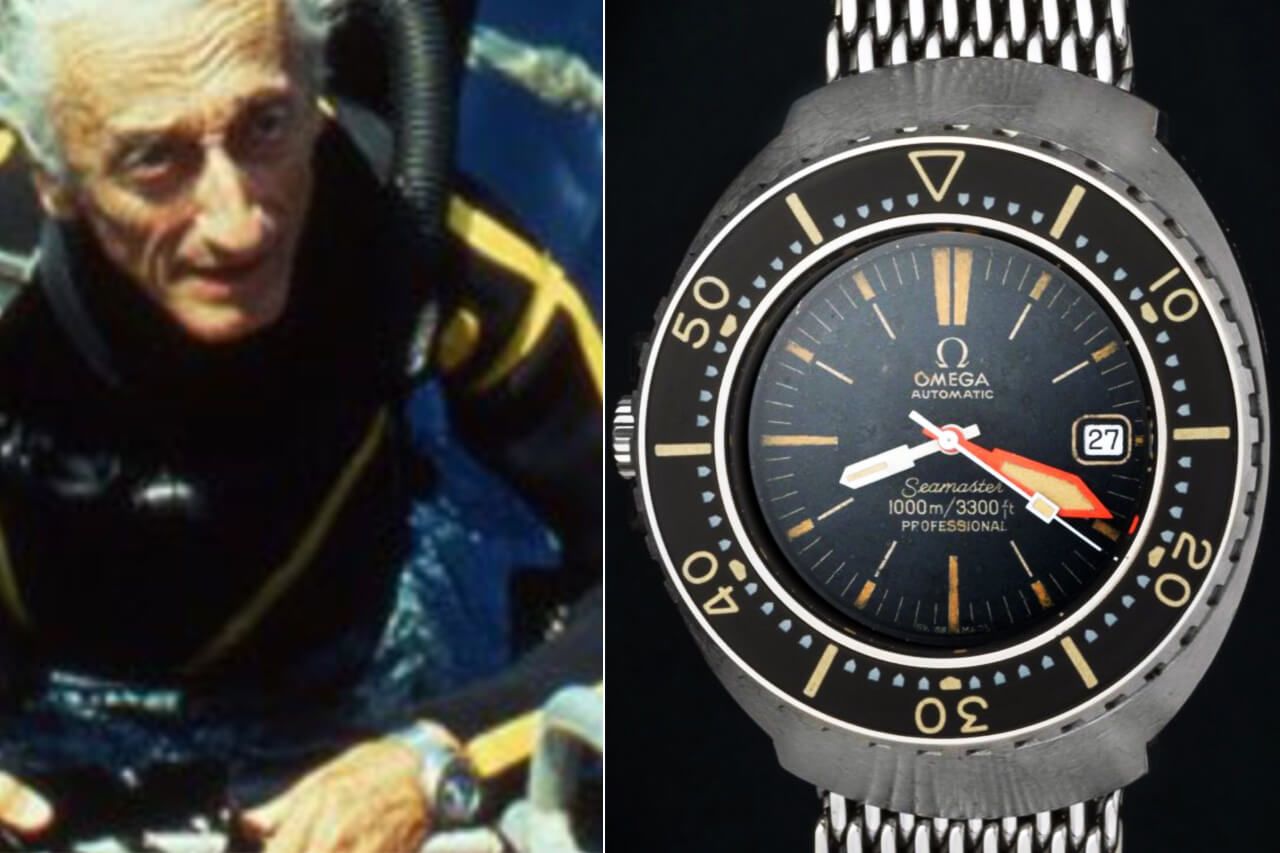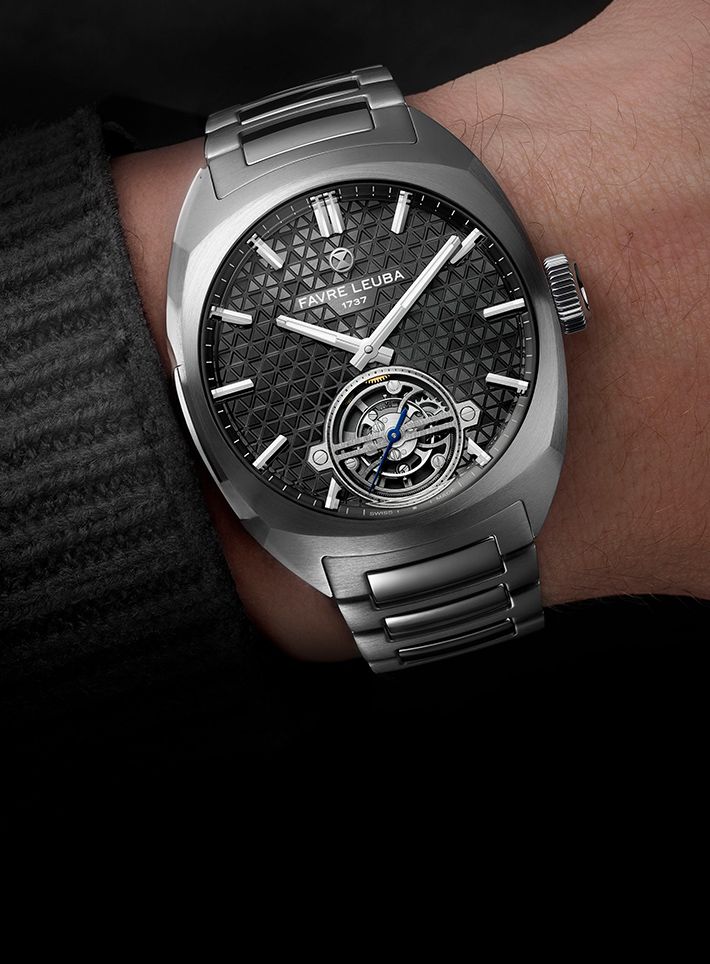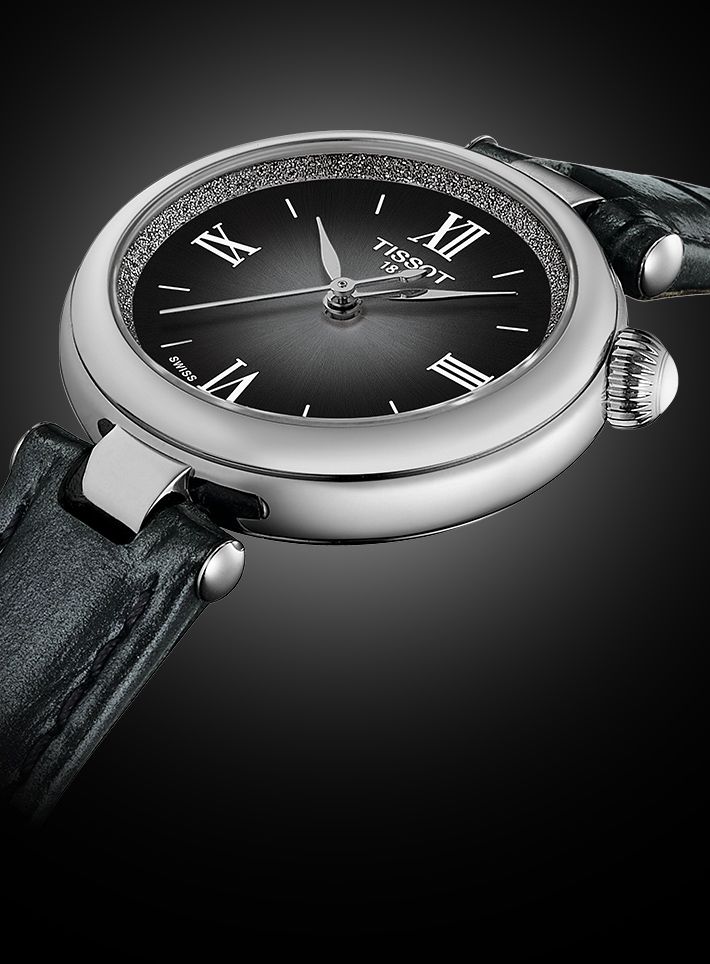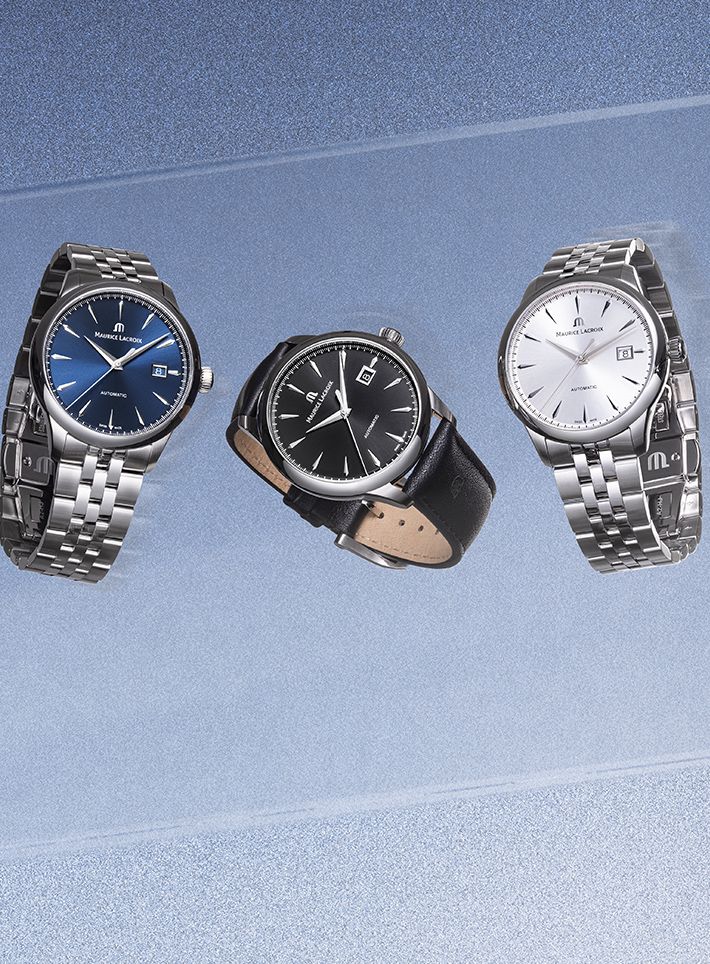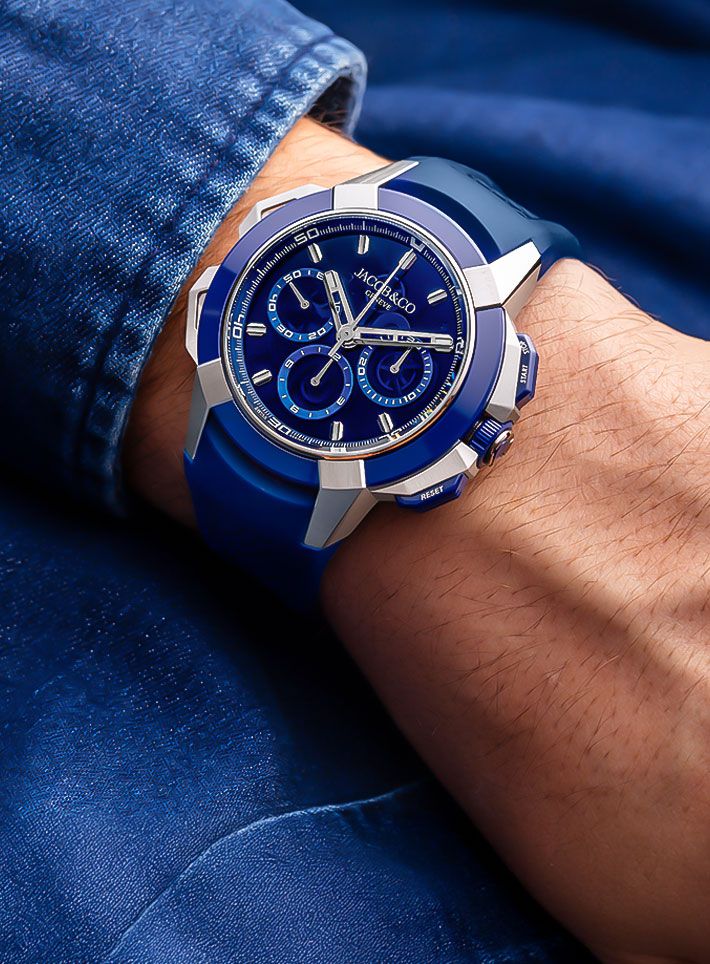Watch GlossaryThe Dive Watch Guide Part One—An Introduction To Diver’s Tool Timepieces
From the oceans’ dark depths to the wrists of the everyday adventurers, discover how dive watches have evolved to become both vital tools and stylish accessories
May We Recommend
Dive watches have quite the backstory. They didn’t start out as a style statement or a symbol of status—no, they had a job to do. When humans decided to take a closer look at what was happening underwater, they quickly realised that keeping time wasn’t so straightforward. The pressure, the water, the salt—it’s not exactly a walk in the park for a watch. But hey, we humans are resourceful. So we came up with the dive watch—a solid, reliable kit element that could handle the extremes of the deep and help divers stay safe.
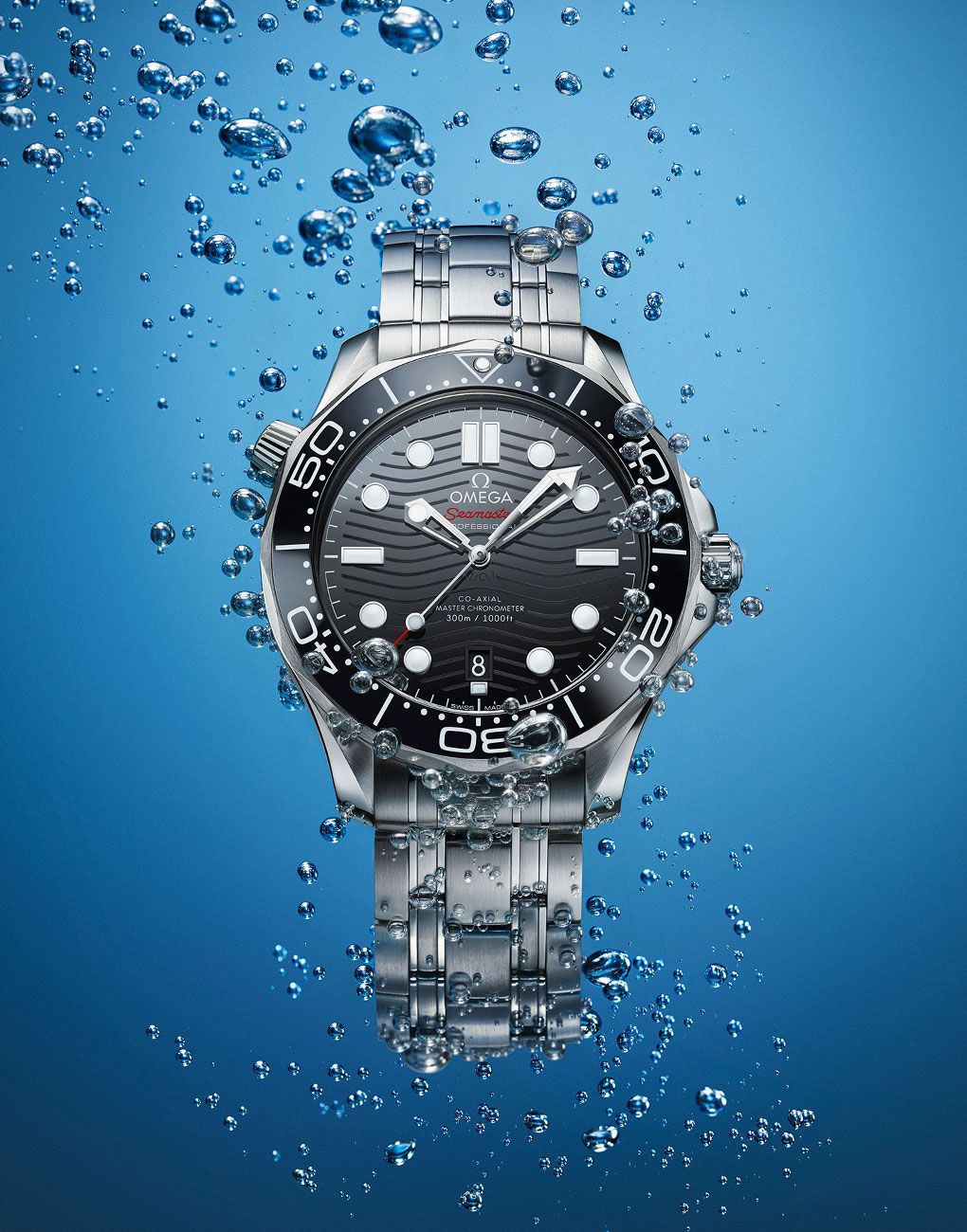
Back in the day, these watches were lifesavers, literally. Being underwater, especially when you’re deep diving, is a serious business. Time can slip away from you and having a reliable watch to keep track can mean the difference between a successful dive and a disaster. That’s where the dive watch came in—sturdy, accurate, and built to last. As time went on, and diving shifted from exploration to more of a leisure activity, the dive watch started to change too. People started to see the appeal of these robust timepieces, even if they weren’t planning on doing any diving. There was just something about that rugged, ready-for-anything vibe that people dug. They were cool, they were tough, and they had this spirit of adventure built right into them.
It’s an interesting journey, from being a deep-sea essential to everyday wear, and it’s why dive watches have a special place in horological history. They serve as a reminder of the fascinating blend of necessity and ingenuity, right on our wrists. Whether you’re descending into the ocean depths or simply getting through a busy workday, one look at your wrist offers a subtle connection to the world of adventure and exploration.
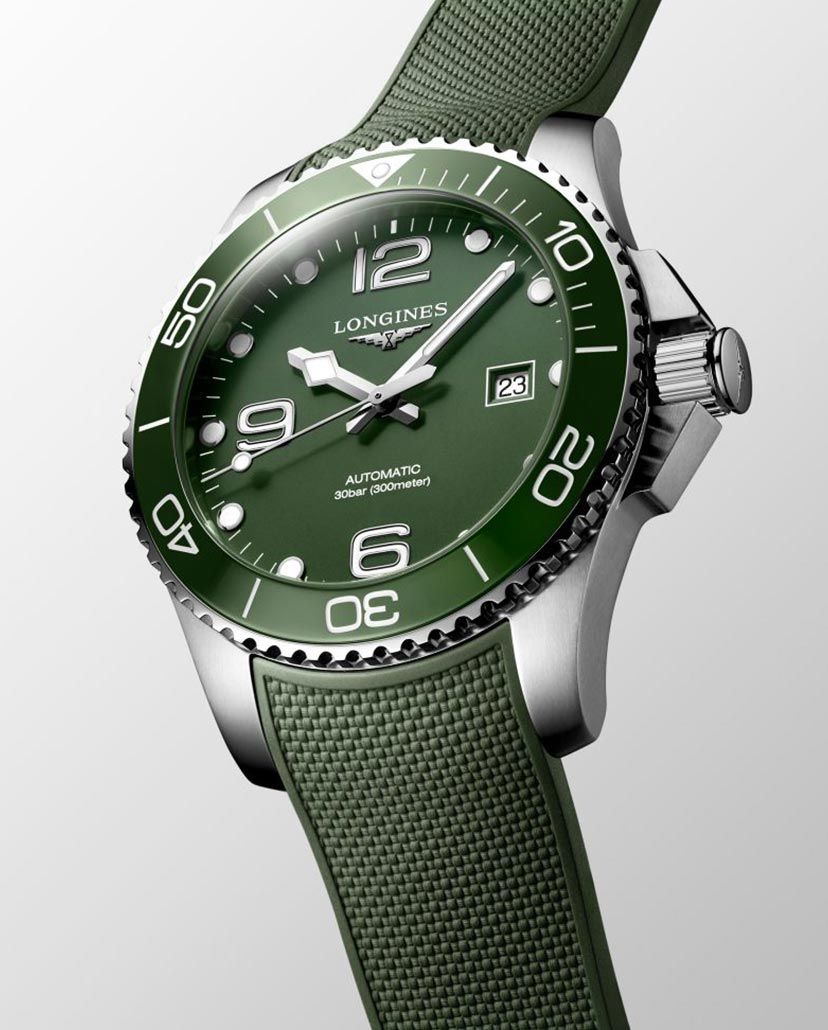
What Is A Dive Watch?
Let’s talk about what constitutes the dive watch. Water resistance is the first and perhaps the most critical requirement for a dive watch. It isn’t merely a feature but a fundamental necessity. The ISO 6425 standard, which many dive watches adhere to, specifies that a dive watch should have a minimum water resistance of 100m. However, most modern dive watches surpass this.
The material of the watch also contributes to its ability to withstand the challenging underwater environment. The case and strap materials, whether stainless steel, titanium, silicone or rubber, need to resist corrosion from prolonged exposure to saltwater. Typically, the watch straps are designed to be longer than usual to fit over bulky diving gear. The watch glass, although often made from sapphire crystal for its scratch-resistant properties, can also be made of hardened mineral glass. Though it might scratch more easily, it offers superior resistance to breakage—an essential consideration for a device meant to function deep underwater, where pressure is immense.
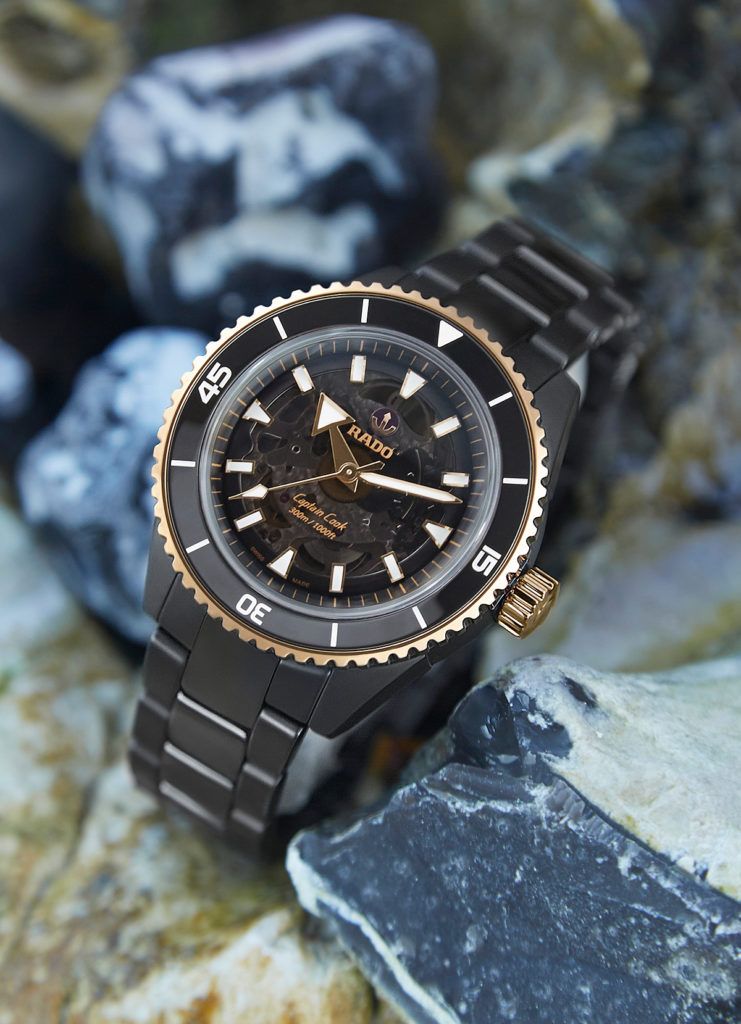
Another quintessential characteristic of a dive watch is the unidirectional-rotating 60-minute bezel. This tool enables divers to track their time underwater accurately. Its design, which allows rotation only in the counter-clockwise direction, prevents overestimation of the remaining air supply if the bezel is unintentionally moved. This critical safety feature can potentially prevent life-threatening diving accidents.
When submerged in the ocean’s dark depths, legibility becomes a critical factor. Hence, dive watches are designed with highly visible, bold markings and hands. These components are often coated with a luminescent material, known as ‘lume’, enabling divers to read time even in low-light situations.
Together, these attributes combine to define the ideal dive watch. They are basically the essentials, even if there could be more advanced features added on.
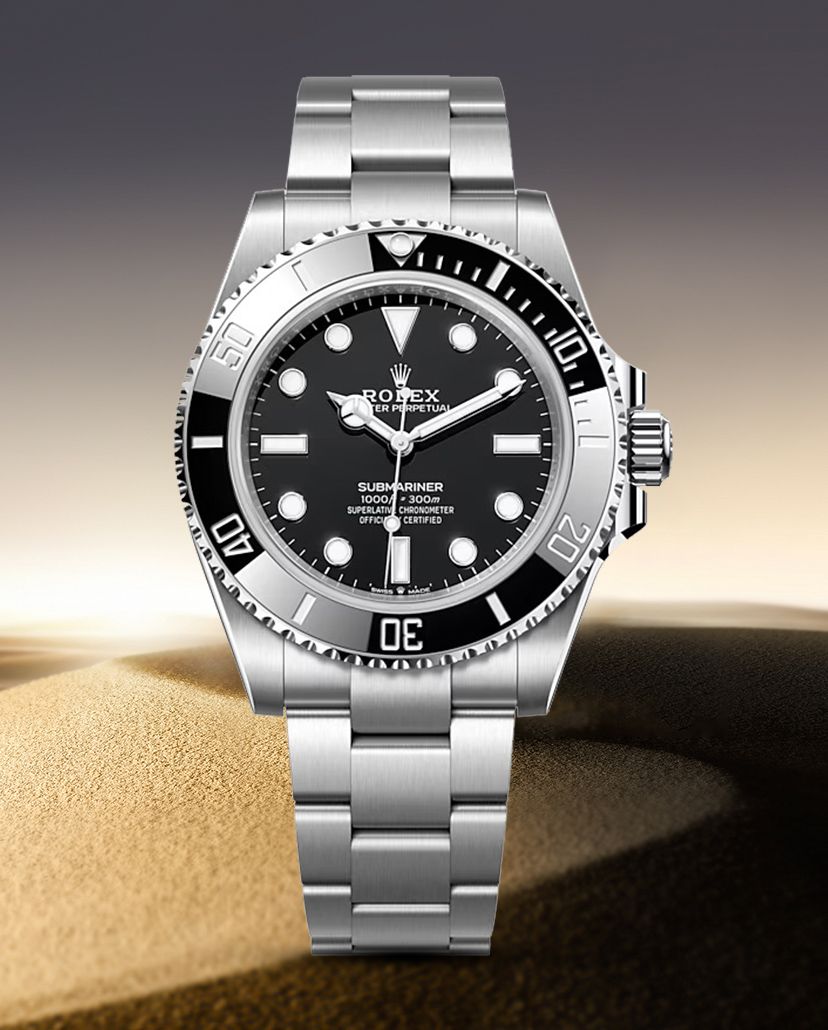
The Evolution And History Of Dive Watches
The development of dive watches parallels the expansion of commercial and military diving in the 20th century. As the need for reliable underwater timepieces became apparent, watchmakers rose to the challenge.
The Rolex founder, Hans Wilsdorf, patented the first significant breakthrough in water resistance with the Oyster case in 1926—the first waterproof and dustproof wristwatch in the world. Its revolutionary hermetically sealed case set the stage for future dive watches. However, this wasn’t originally intended for diving. Similarly, luxury watch manufacturer Cartier produced the water-resistant Cartier Tank ‘Étanche’ in 1931, but it was not initially conceived as a dive watch either.
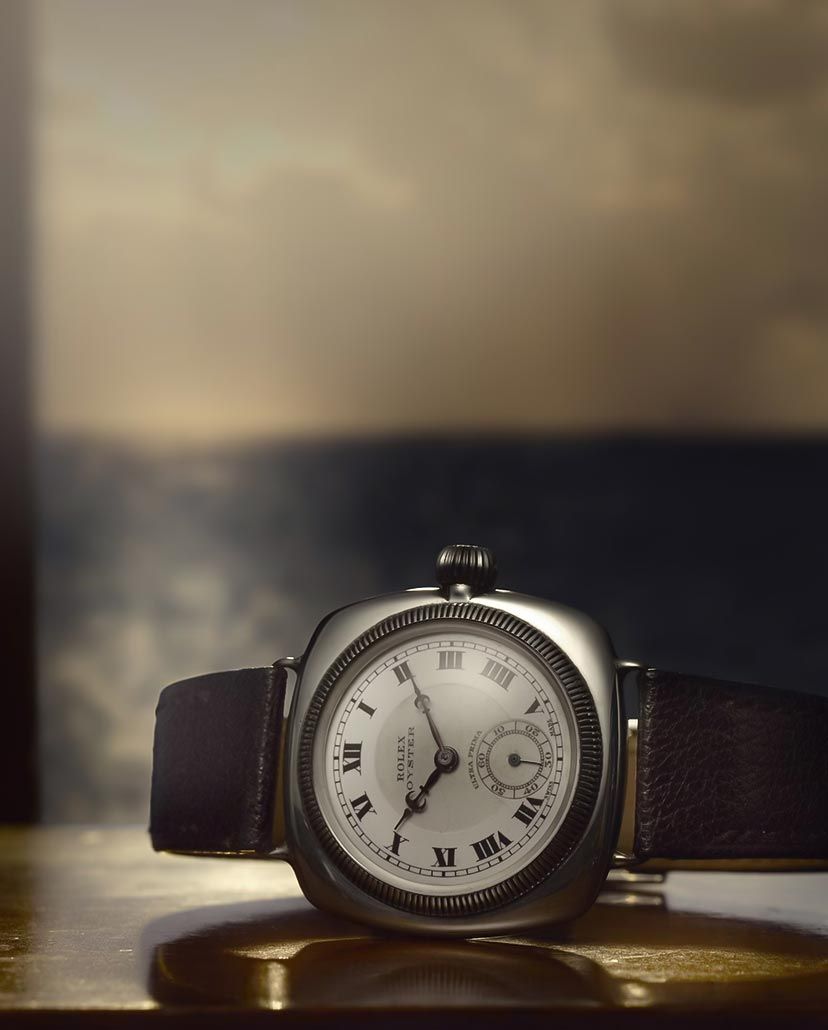
A turning point in the development of dive watches was Omega’s introduction of the Marine in 1932. While it lacked some features of modern dive watches, it revolutionised water resistance and underwent extensive depth testing, setting a new standard for underwater timepieces.
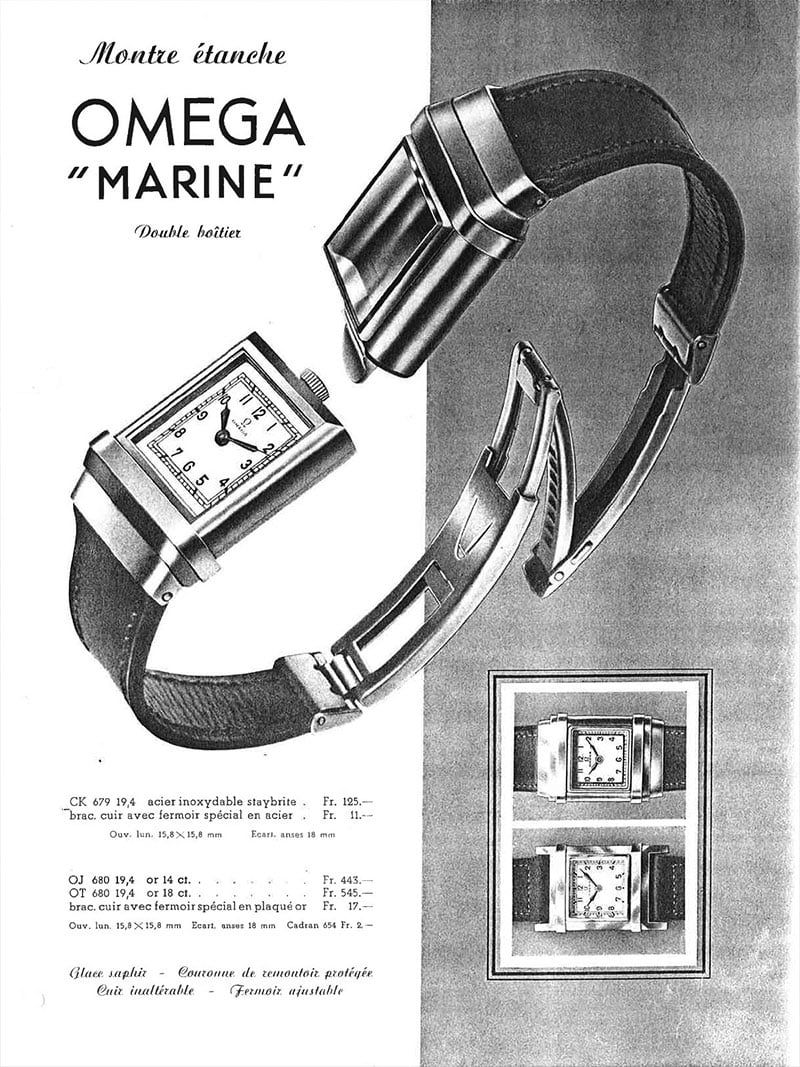
World War II brought rapid technological advancements in diving. During this time, dive watches such as the Panerai Radiomir were developed. Prototyped in 1936 and in full production by 1938, the original Radiomir offered frogmen (military divers) a luminous dial, enhancing visibility in murky water and night-time operations. Following the war, scuba diving gained popularity among the public, leading to a surge in dive watch production from other brands as well.
In 1954, the Rolex Submariner and the Blancpain Fifty Fathoms launched almost simultaneously, shaping the modern image of dive watches. Around this time, diving became a widely practised sport as equipment became more affordable.
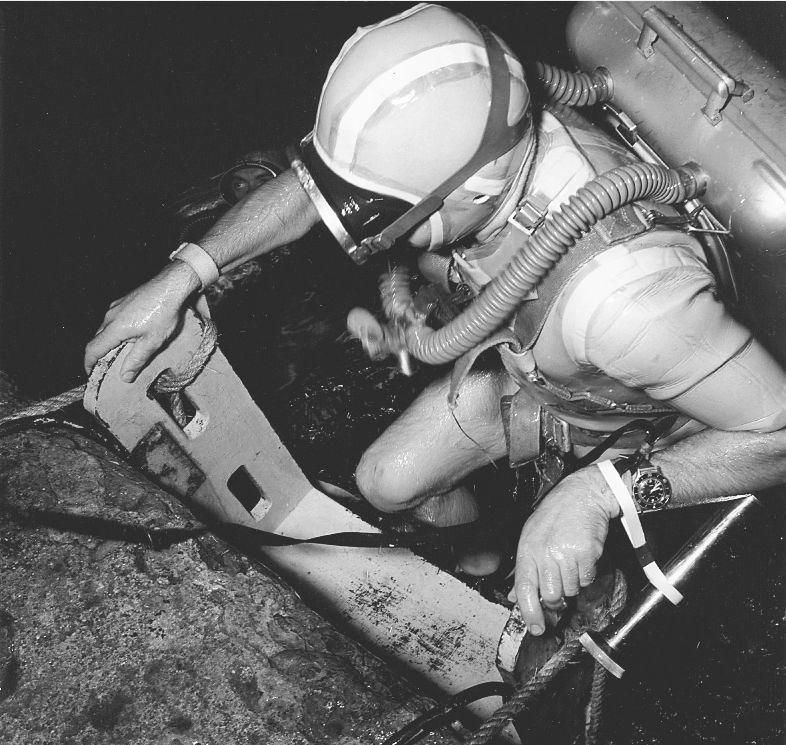
By the 1960s, the advent of technical and industrial diving led to the collaboration between Rolex and the French firm COMEX (Compagnie Maritime d’Expertises) to develop the Sea-Dweller—a watch designed specifically for saturation diving. Similarly, Omega’s research since the 1930s led to the Seamaster 300 series in 1957 and the Seamaster 1000 in the early 1970s.
As the 1960s closed, Seiko introduced some of the most successful, robust, and affordable dive watches of all time. In 1975, they launched the world’s first titanium production watch, the Seiko 600m Pro Diver, designed to prevent helium from entering the watch.
In recent times, despite the advent of electronic dive computers that can perform intricate calculations related to pressure and gases, the dive watch hasn’t become obsolete. And the evolution continues, with the introduction of even sophisticated complications, safeguarded by advanced cases and gasket systems.
The Role Of Dive Watches In Ocean Exploration
Even as diving technology has advanced, the importance of the dive watch remains. Their contribution to ocean exploration is nothing short of remarkable, with these steadfast tools going to the deepest trenches and withstanding the harshest environments.
Notably, Jacques-Yves Cousteau, the legendary ocean explorer, relied heavily on the Omega Seamaster during his underwater expeditions. The Seamaster, known for its supremely high quality, stood the test of real-world challenges, enhancing its reputation among divers worldwide.
Equally significant is the Rolex Sea-Dweller’s contribution to deep-sea diving. Developed in collaboration with the French diving company COMEX (Compagnie Maritime d’Expertise), the Sea-Dweller was designed to endure the extreme pressures of saturation diving. Its helium escape valve, a patented feature, ensured the watch wouldn’t be damaged during decompression stages, making it a trusted companion for COMEX divers.
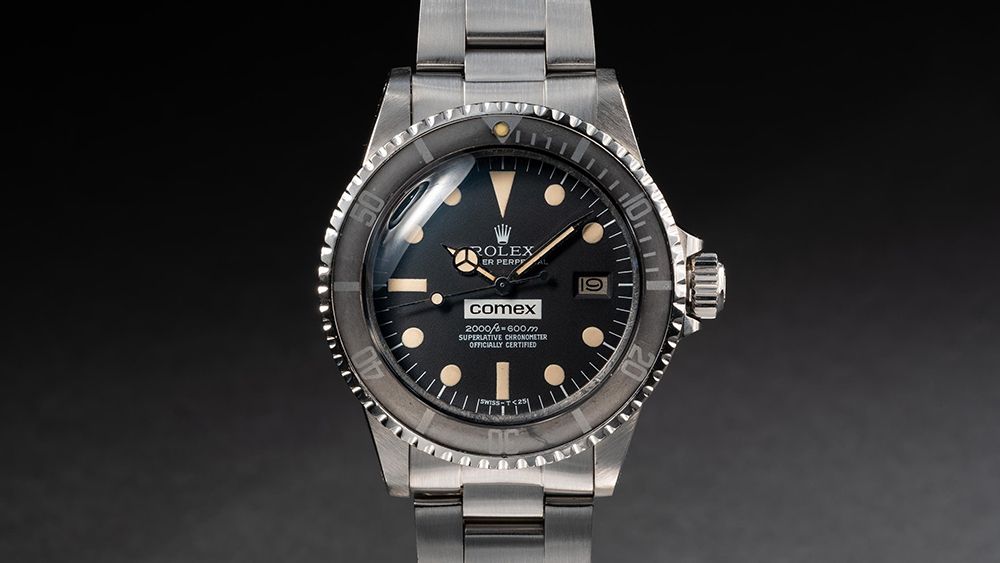
The engineering prowess of dive watches was demonstrated again when the Rolex Deepsea Challenge accompanied filmmaker and explorer James Cameron into the Mariana Trench, the deepest part of the world’s oceans. The prototype watch, capable of withstanding pressures found at almost 11,000m underwater, emerged unscathed, fully functional, and ready to tell the tale of its extraordinary journey.
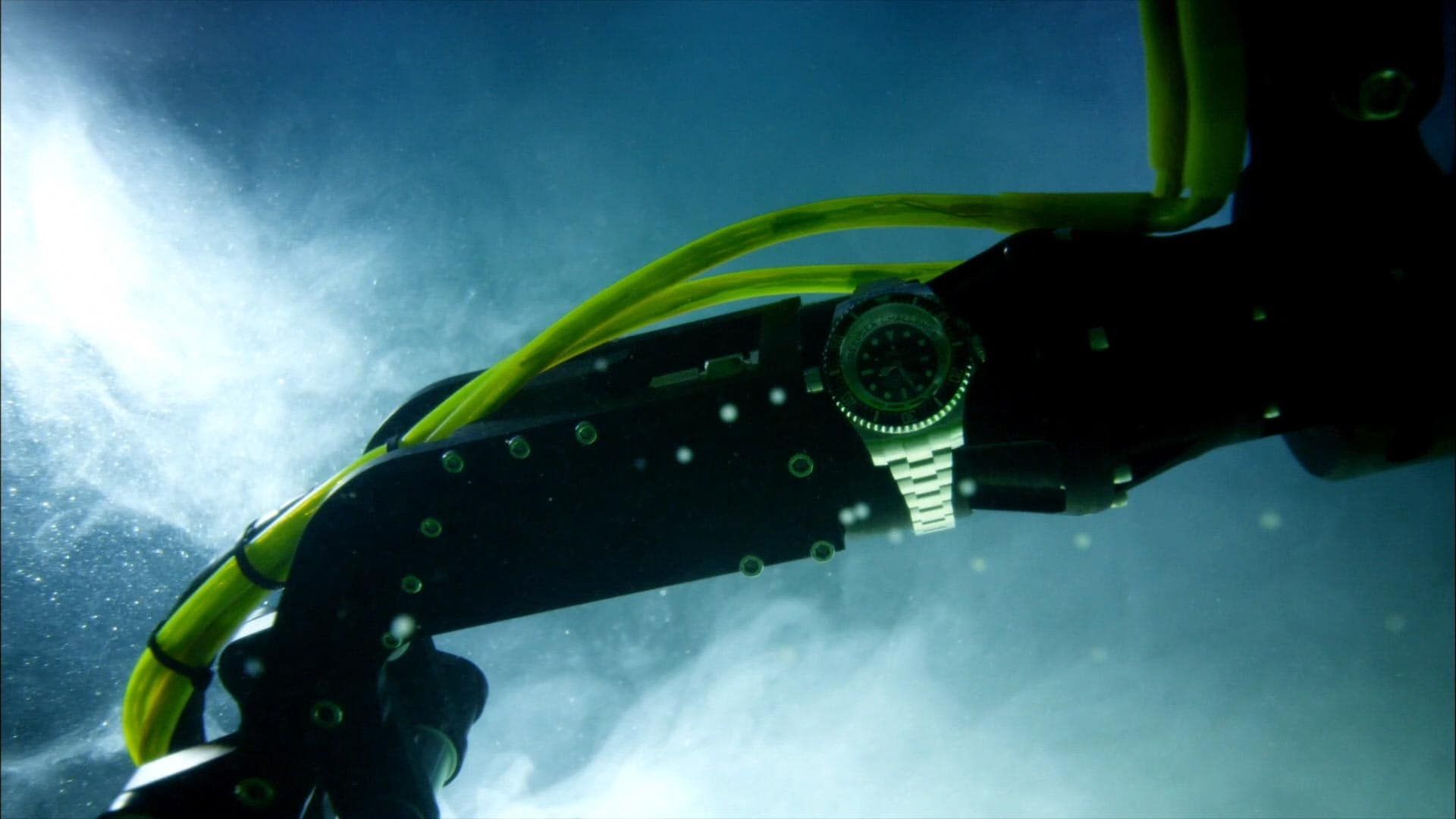
Although in the digital age, with dive computers providing more detailed underwater data, the dive watch holds its ground. As a backup tool, it continues to offer vital support to divers, with its durability, functionality, and reliability unmatched by electronic devices. For scientific divers, a dependable dive watch remains a vital part of their gear, highlighting its continued relevance in ocean exploration.
End of part 1
This wraps up the first instalment of our comprehensive guide to dive watches. We’ve dipped our toes into the fascinating history of these timepieces, their significant role in underwater exploration, and how a dive watch is defined. As we continue going deeper, our next part help you make the perfect dive watch choice. From determining a suitable budget to understanding the prestige associated with different brands, we’ll also explore the importance of ISO 6425 certification and discuss case and glass materials and types. So, join us for the next chapter as we dive deeper into the captivating world of dive watches. Watch this space for more.
